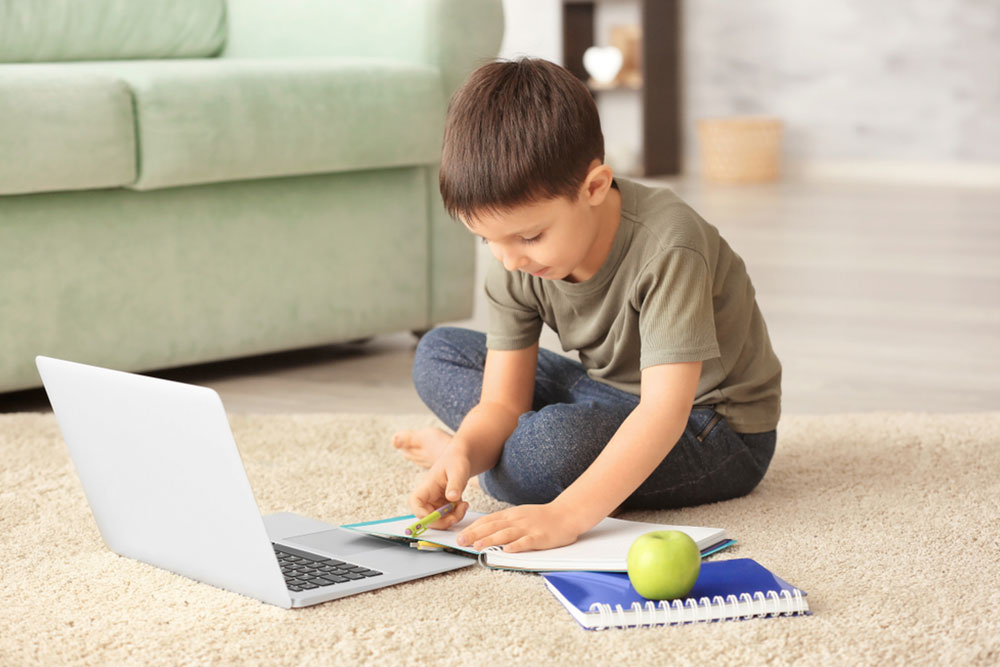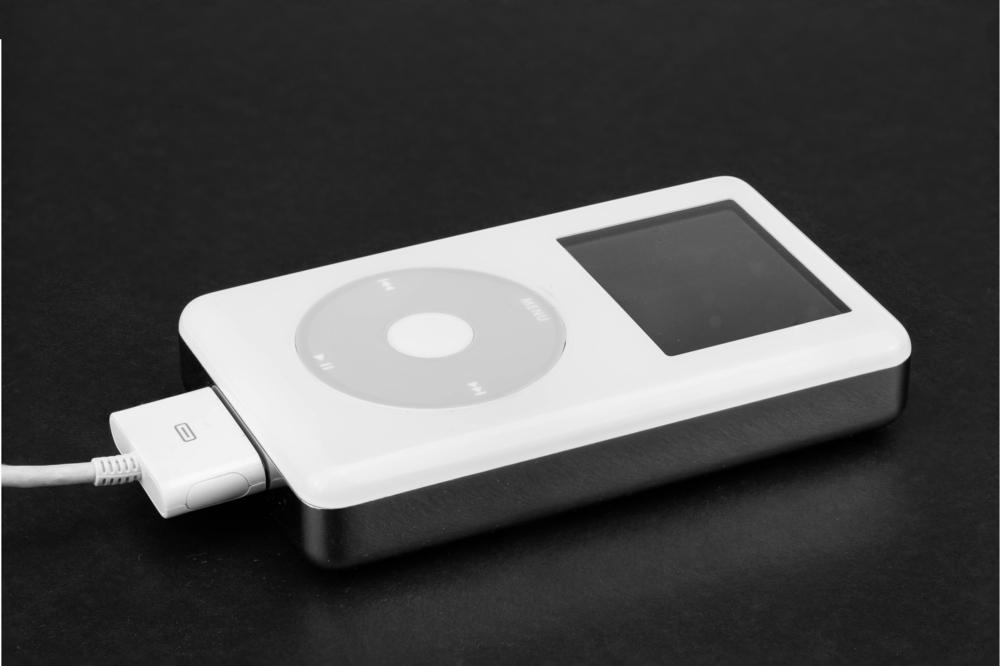Comprehensive Guide to Choosing the Ideal Tablet for Your Needs
This comprehensive guide covers key factors to consider when choosing a tablet, including operating system, display size, processing power, connectivity, audio features, and battery life. Learn how to select the right device to match your needs and enhance your productivity and entertainment experience. Whether for work or leisure, making informed decisions ensures you get the best value and performance from your tablet investment.

Comprehensive Features to Consider When Selecting the Right Tablet
The tablet industry experienced a significant boom following the launch of Apple's first iPad in 2010, which marked a turning point in portable computing technology. Since then, countless manufacturers have entered the market, offering a broad variety of tablets designed to serve different purposes—whether for work, entertainment, education, or creative pursuits. Choosing the perfect tablet requires understanding its key features and how they align with your specific needs, preferences, and budget. In this comprehensive guide, we will explore the essential aspects you need to consider before purchasing a tablet, including operating systems, display options, processing capabilities, connectivity features, audio and multimedia support, and battery life. Making informed decisions based on these factors ensures that you invest in a device that offers maximum usability, durability, and value for your money.
Key considerations when selecting a tablet encompass:
Operating System: The most prevalent options include Apple's iOS, Google's Android, Windows OS, and BlackBerry OS. Your choice depends heavily on your ecosystem preferences, app availability, and compatibility with other devices. iOS delivers seamless integration with other Apple products, making it ideal for users who are already immersed in the Apple ecosystem. Android offers a broad range of devices with customizable features and a vast app marketplace, suitable for budget-conscious buyers or those seeking flexibility. Windows tablets are typically geared toward productivity tasks and compatibility with Windows-based software, making them a good choice for users who need a device for work-related activities. BlackBerry OS, though less common, emphasizes security and is often used in enterprise environments.
Display Size and Resolution: Tablets come in various screen sizes, generally from 5 inches to over 12 inches. The right size depends on your primary use—compact tablets are excellent for portability and on-the-go use, while larger screens are better suited for media consumption and multitasking. Prioritize higher screen resolutions, such as Full HD (1920x1080 pixels) or higher, for sharper images and clearer visuals, especially if you plan to watch high-definition videos or edit detailed images. A crisp display significantly enhances user experience, making media viewing, gaming, and reading more enjoyable.
Processing Power and RAM: The internal processing capabilities determine how smoothly your tablet operates, especially when multitasking or using resource-demanding applications. Chips vary from entry-level processors to high-performance options like Apple's A-series, Qualcomm Snapdragon, or Intel variants. Equally important is RAM, which directly influences performance. Since most tablets do not allow RAM upgrades after purchase, selecting a model with adequate memory—at least 3GB for basic tasks, 4GB or more for advanced use—is crucial for future-proofing and efficiency.
Connectivity Options: Ensure the tablet supports modern Wi-Fi standards (such as Wi-Fi 5 or Wi-Fi 6) for faster internet access. If you require cellular connectivity, verify the availability of LTE or 5G support for mobile data use. Some tablets come with additional features like Bluetooth 5.0, NFC, or USB-C ports, expanding connectivity possibilities for peripherals, accessories, and external displays.
Audio and Multimedia Features: For multimedia enthusiasts, sound quality is critical. Check the quality and placement of speakers, support for headphones or earbuds, and audio enhancement technologies. A high-quality audio experience is vital for streaming, gaming, or video conferencing, especially as media consumption becomes increasingly visual and auditory.
Battery Life: Long-lasting battery life ensures your device remains operational throughout the day without frequent recharging. Look for tablets with high-capacity batteries (measured in mAh) and optimized power management. Reviews and user feedback can provide insights into real-world battery endurance, which often differs from manufacturer claims. A device with at least 8 hours of active use is generally recommended for daily activities.
In conclusion, selecting the right tablet involves balancing features, performance, and price to suit your specific needs. Whether you prioritize portability, high-resolution displays, processing power, or connectivity options, understanding these core aspects ensures you make an informed choice that enhances your digital experience. Investing in a well-rounded device will support your work, leisure, and creative pursuits, making your tablet a valuable tool for years to come.





